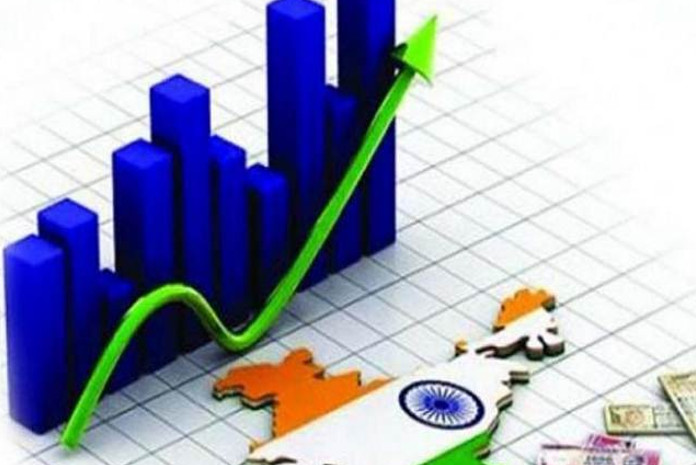One unit increase in Artificial Intelligence (AI) intensity by Indian firms can result in a 2.5 per cent increase in the country’s gross domestic product (GDP) in the immediate term, a study by Google, IT industry body Nasscom and think tank ICRIER revealed.
AI intensity is measured as the ratio of AI to total sales of the firm, said the report titled “Implications of AI on the Indian Economy”.
In the absence of a direct measure of AI at the firm level, the model uses investments in software, databases and computer machinery as a proxy for AI.
“This is a seminal report, estimating a 2.5 per cnet growth in India’s GDP if India adopts AI in a sustained way,” Sanjay Gupta, Country Head and Vice President, Google India, said in a statement.
The research, however, found that the current rate of growth in AI investments is unlikely to increase the levels of AI intensity adequately.
In order to trigger a positive growth shock, AI intensities should be sharply increased, it added.
“India is in the midst of a once-in-a-generation disruption driven by AI. AI has become a strategic lever for economic growth across nations and will continue to be one of the most crucial technologies of the future,” said Amitabh Kant, CEO, NITI Aayog, in a special address.
“By integrating new technologies like AI and ML into various sectors, we can radically leapfrog and catch up with advanced economies.”
The suggested policy measures required to support AI’s wider adoption in India include identifying a nodal agency for the development and diffusion of AI; building collaborative frameworks for engagement between governments, industry and academia; building an all-encompassing data strategy for India; addressing India’s skill gap in AI; and promoting the development of AI safety standards.
“In hopes to accelerate growth and pave a path towards innovation, AI has a definite role to play in empowering industries, infrastructure and the society at large,” said Debjani Ghosh, President, Nasscom.
“With sheer enthusiasm we are now fostering investments in the new generation of digital natives to elevate industry growth trajectory and further boost productivity levels.”
(IANS)














